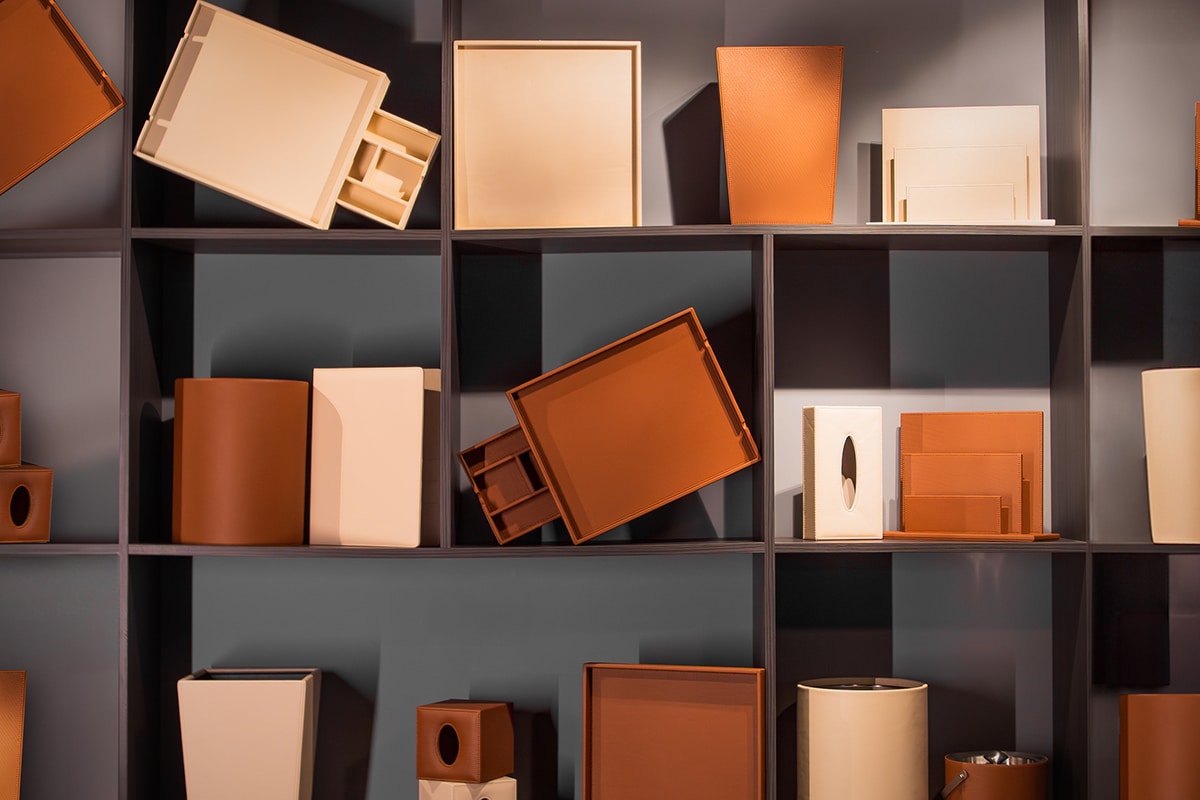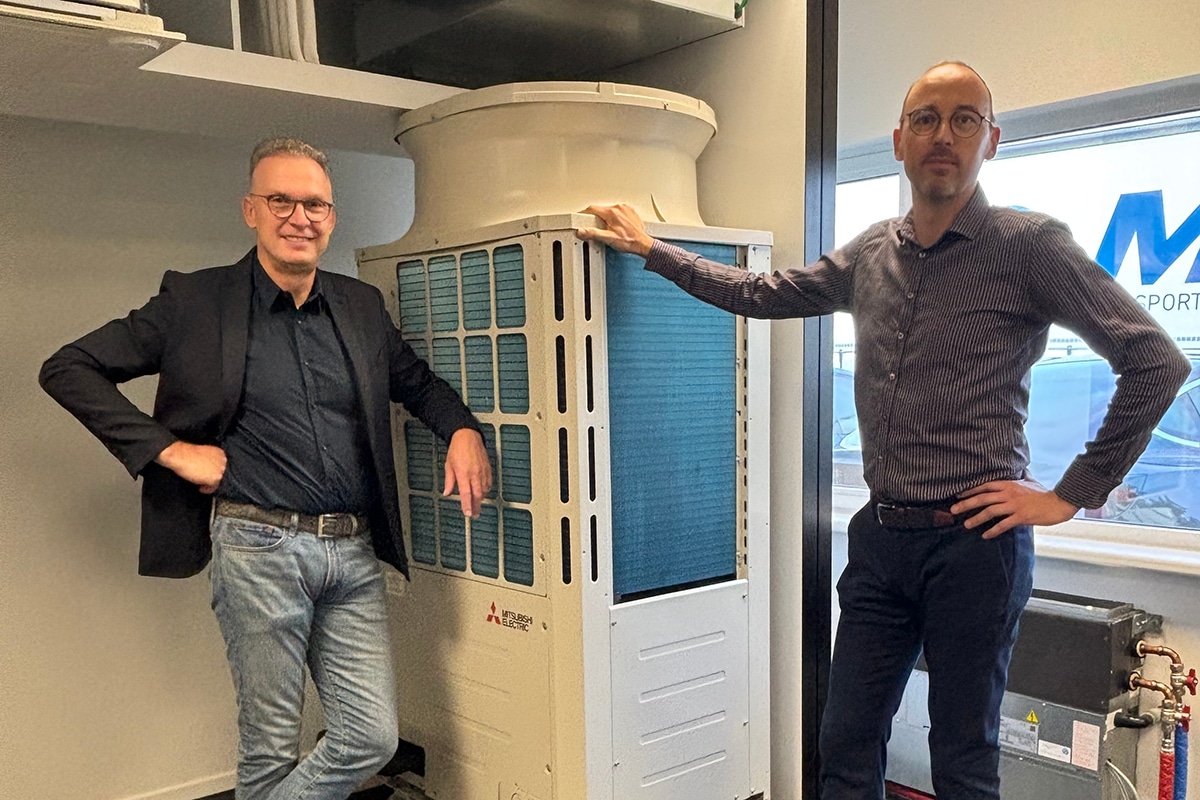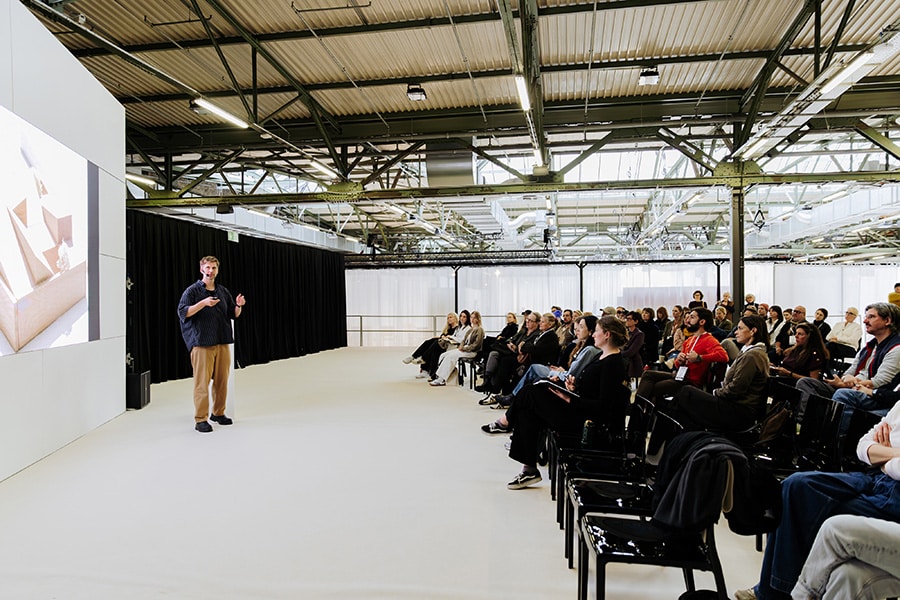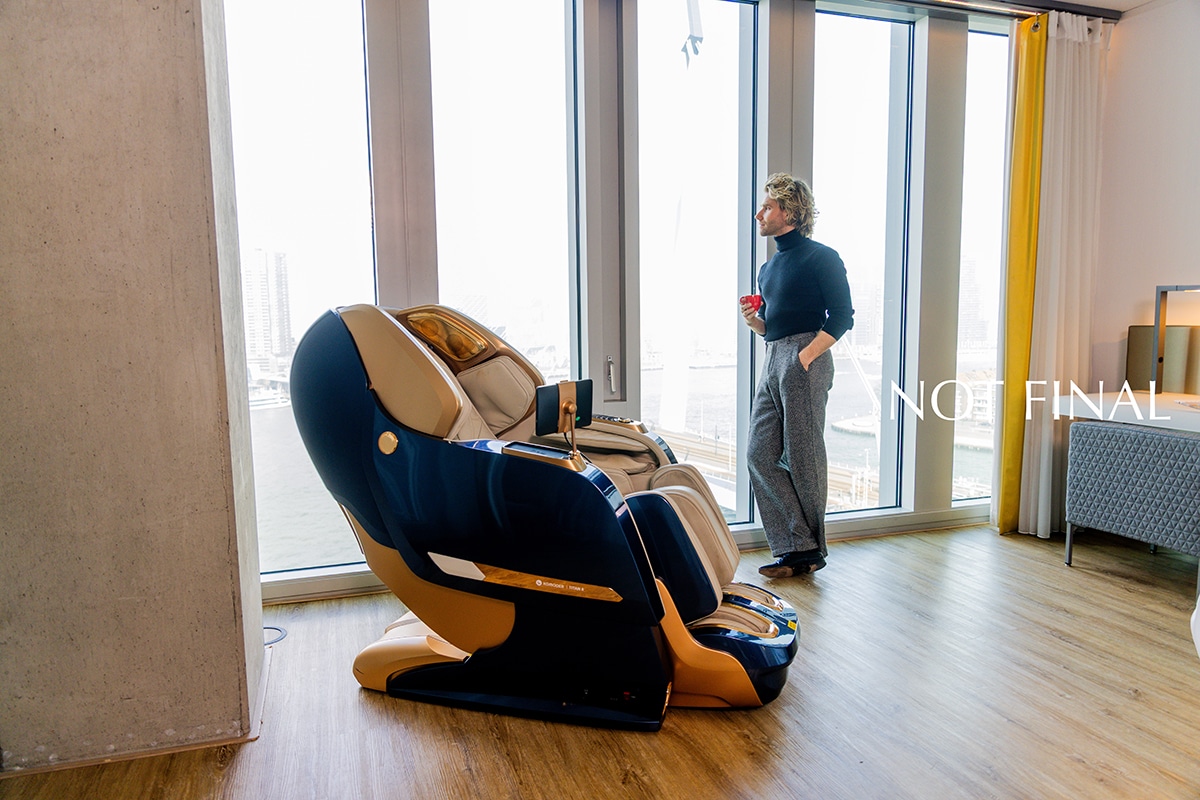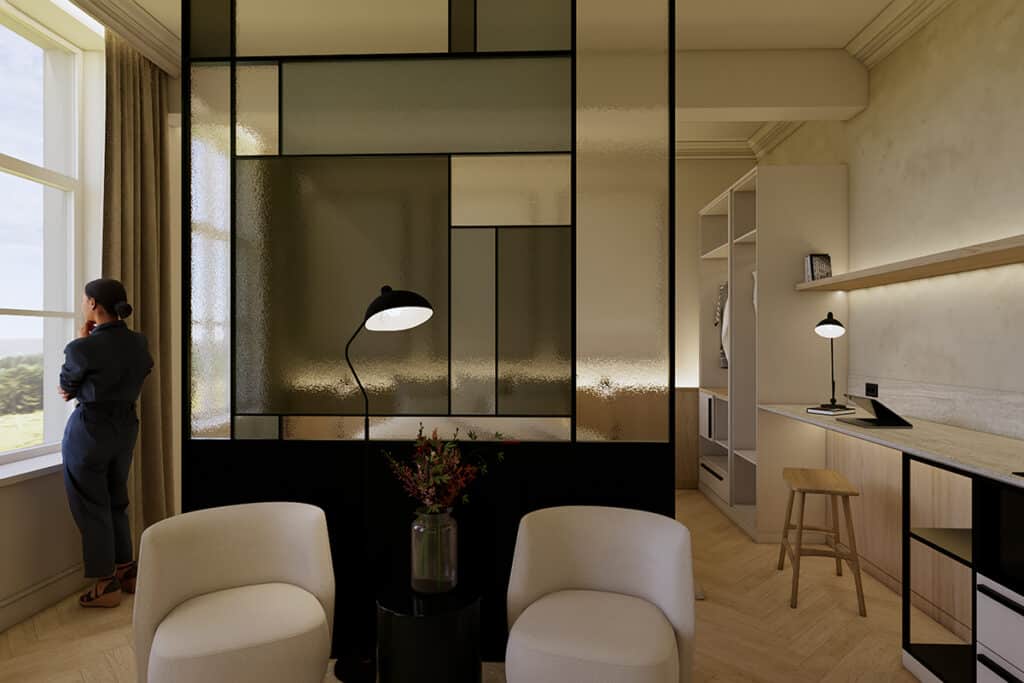
Foundation of any interior
Translating idea into reality
An interior design project does not start with a sketch or mood board, but with a meeting. At Bruges-based interior design agency Inside, listening, feeling and observing form the basis of every design process - from floor plan to inspiration moment to 3D presentation. We sat down with sales consultant Carlo Toye, designer Miquel Serlet and co-founder Ian Meulemeester to get to the bottom of their approach: how they translate an idea into a space that surprises, works and pays off.
At Inside, every journey starts with a visit to the property. "It actually starts from the street," Ian explains. "The neighbourhood, the facade, the light ... everything tells something about the place and its potential." During the visit, they listen carefully to the customer, because the first conversations are crucial: what are the needs, the desired concept, the number of covers, the atmosphere? Everything counts. "You have to feel and understand what the customer means - sometimes even between the lines," Toye adds.
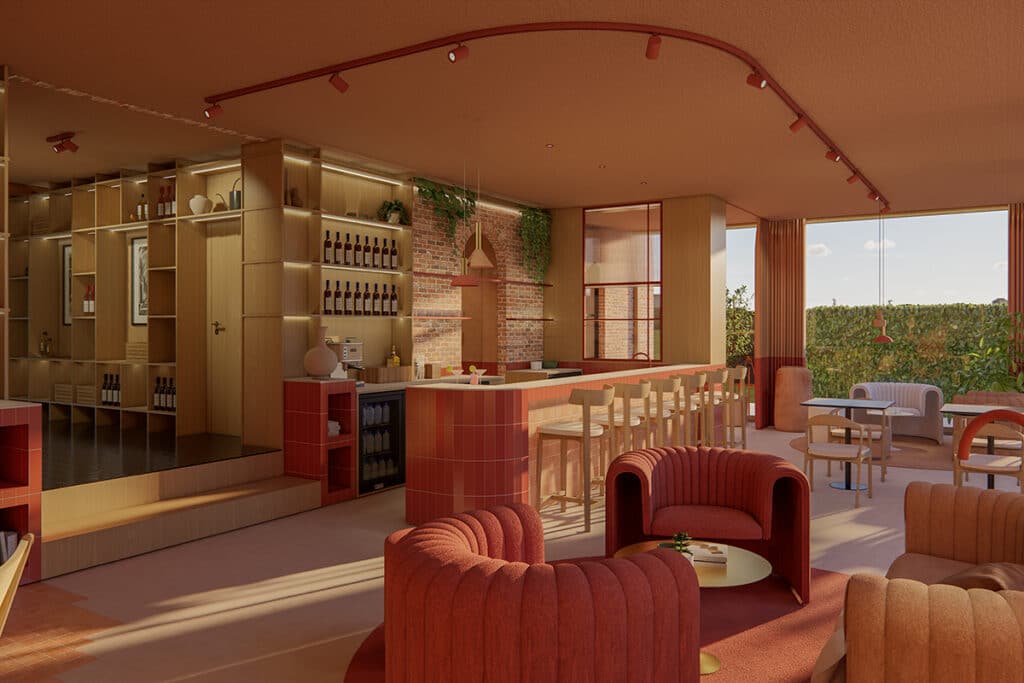
Essential steps in any design process
Then the team gets to work on the floor plan. No colours or mood boards yet, but rather: flow, layout, routing and functional zones. "For us, that is the real start of a design," says Meulemeester. "A beautiful visualisation based on a poor floor plan is useless. First we ensure that the layout of the space works logically."
Only when the functional basis is in place does the mood board, a collection of inspiration images, come into the picture. Not your average collection of Pinterest images, but a carefully curated selection of materials, colours, textures and atmospheres. "We sometimes use images from our own projects, but equally art, architecture or fashion as inspiration," Serlet says. "We want to capture the right tone, not copy it." While discussing the mood board, a lot often becomes clear. What someone likes, or just not at all. This way, the direction becomes sharper and sharper.
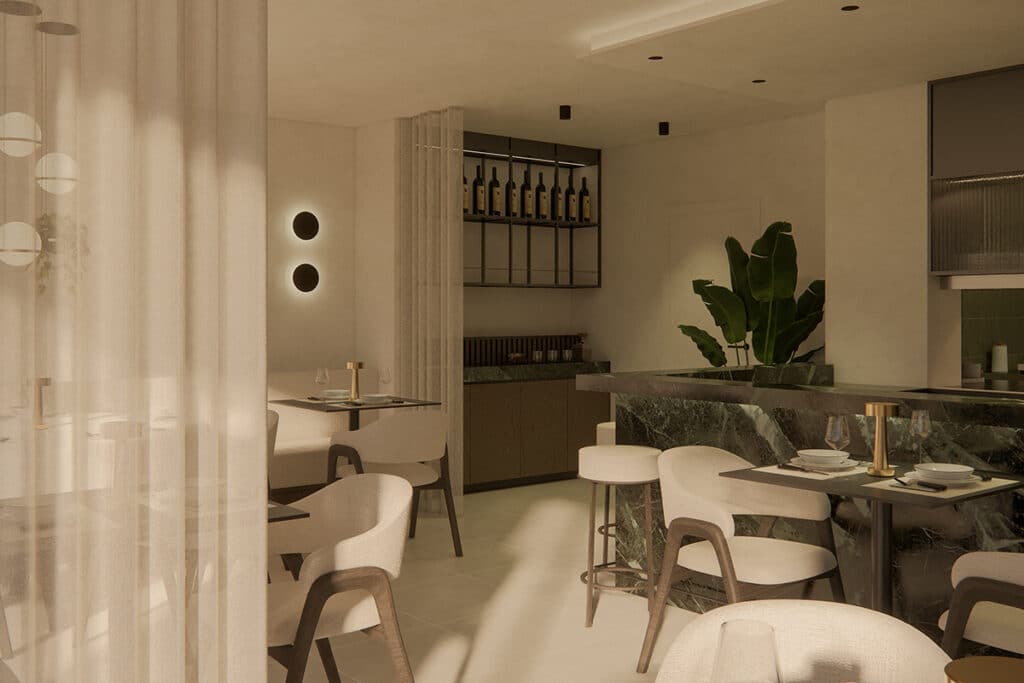
Tipping point in 3D
When the floor plan is right and the atmosphere is clear, the design really comes to life. Inside then creates photorealistic 3D images - static renders and/or videos - in which the client virtually walks through the future interior. "Because for many people, a picture says a lot more than a 2D plan," Serlet notes. "This is regularly the tipping point," Toye adds. "The moment when they think: wow, this is going to be reality." Every detail is worked out: from material reflection to light incidence. Moreover, samples of materials and fabrics are added so that the images become tangible.
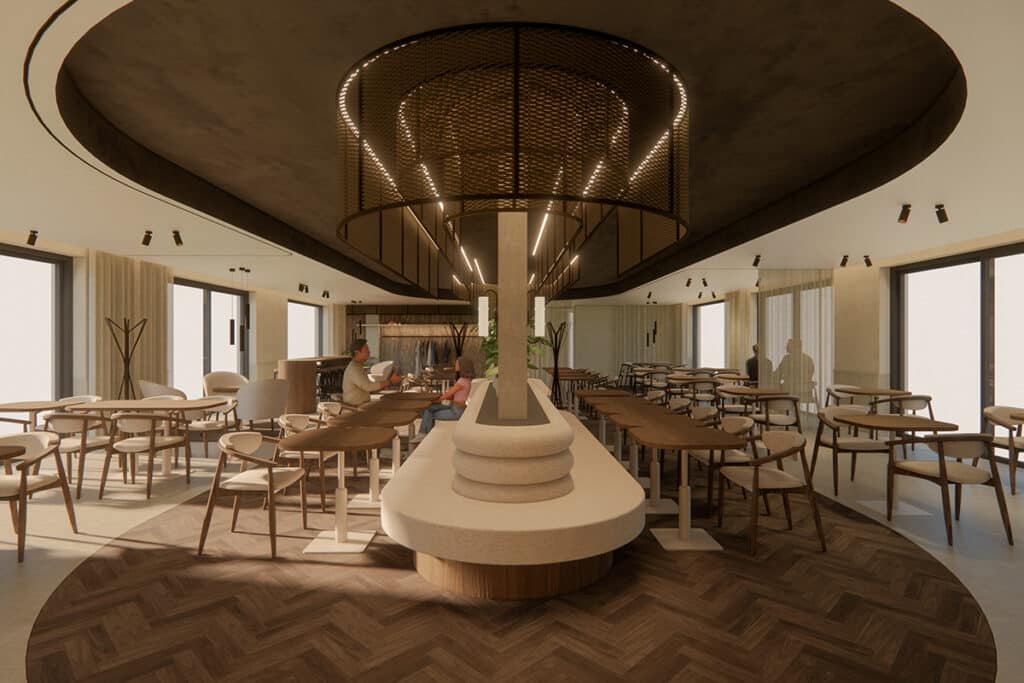
Full project supervision
If the design is approved, there is an opportunity to compile a clear and complete implementation file. This includes technical plans, material lists and practical instructions that make the project ready for realisation.
Inside also offers the opportunity to accompany a project from A to Z. They not only provide the initial impetus, but can also kick the ball in: from design to execution. In that case, Inside assumes full coordination of the final realisation, including managing contractors and on-site follow-up. This guarantees continuity, clarity and a seamless translation from design to reality.
Meulemeester: "Our approach relies on thorough preparation, clear communication and a strong focus on functionality and aesthetics. By working intensively with the client from the first moment of contact and carefully planning every aspect, we create interiors that are not only beautiful, but also perfectly match the user's needs. From design to realisation, if required."
